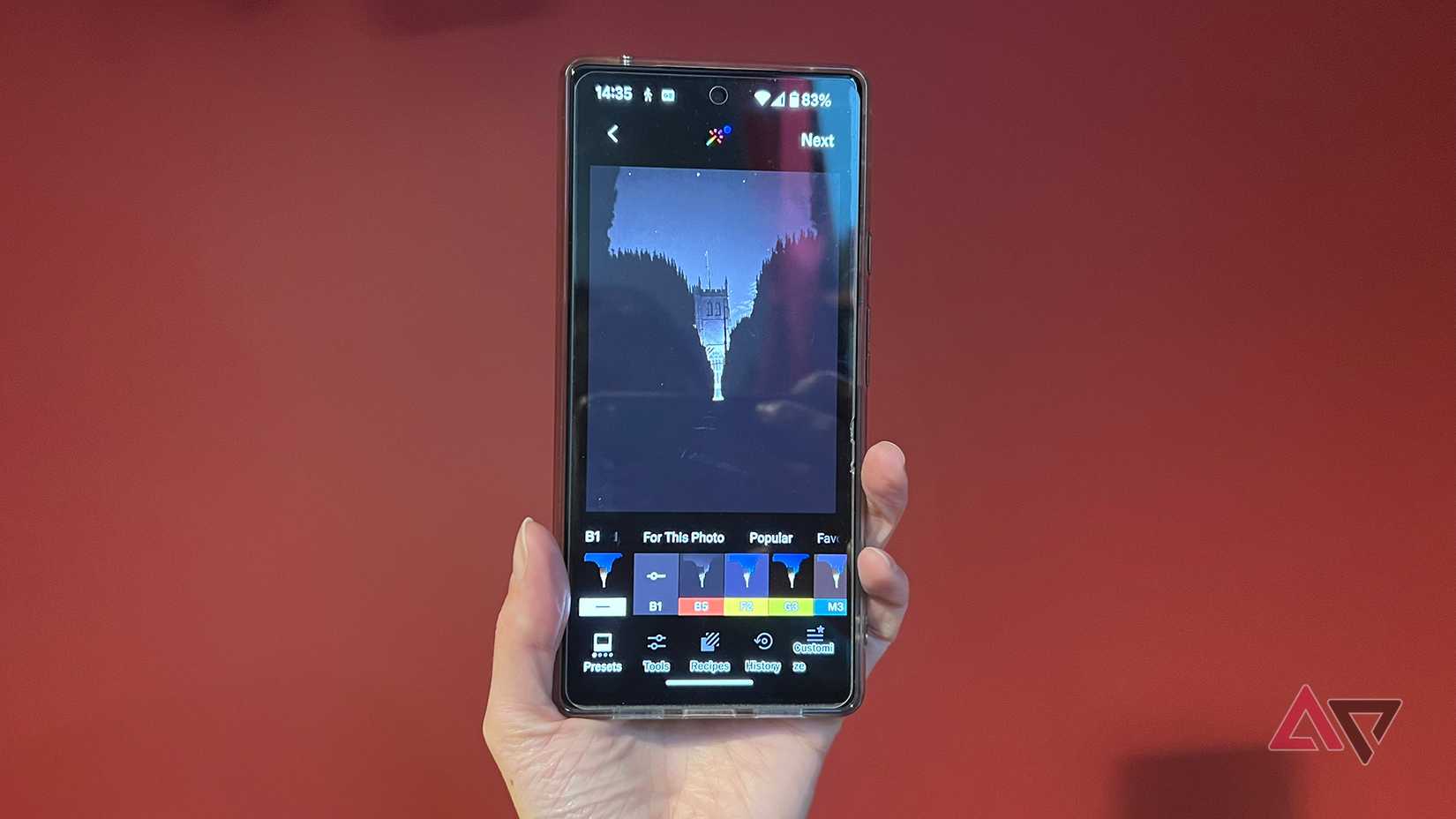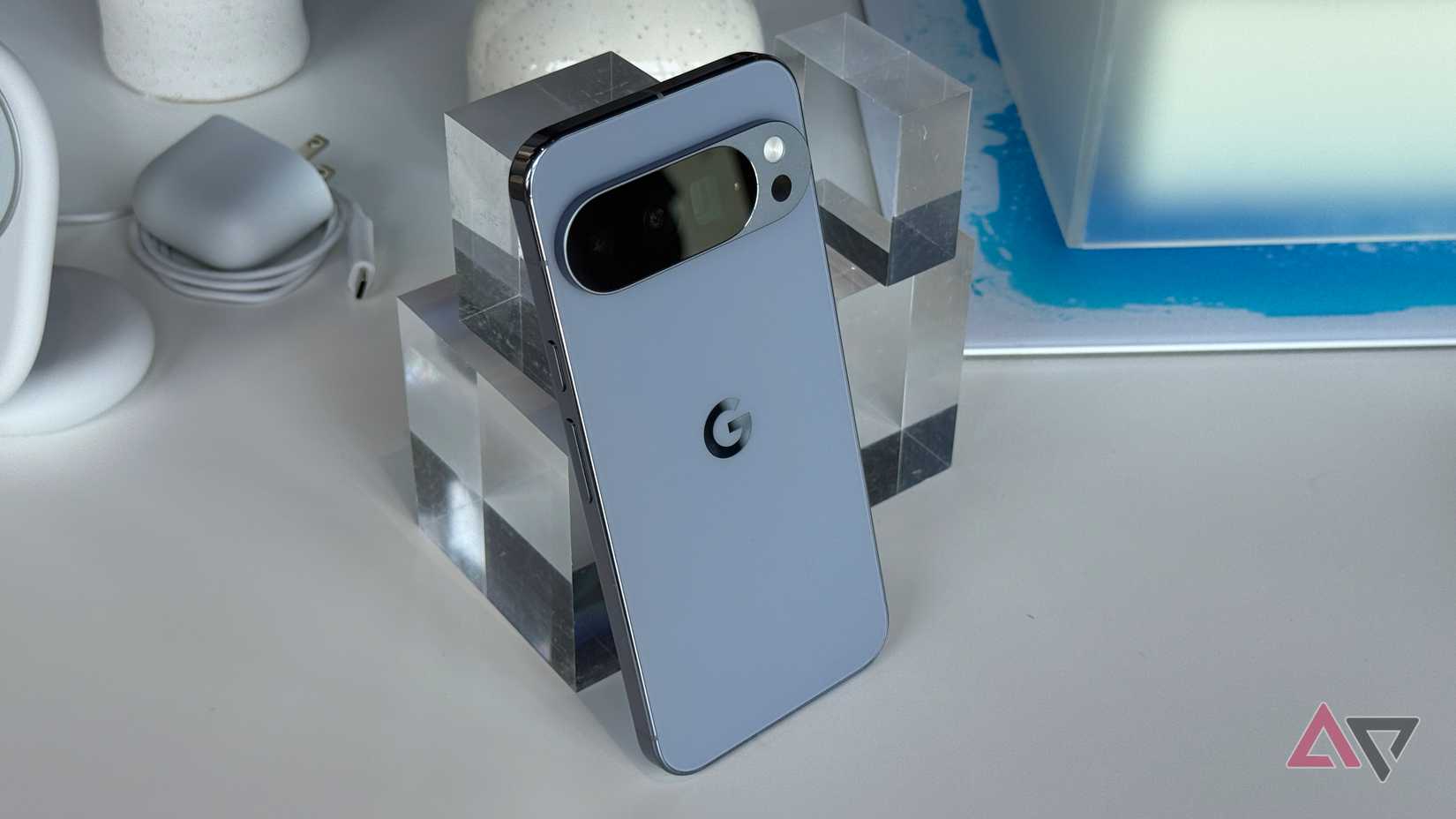The Wireless Power Consortium (WPC) just dropped a juicy update for wireless charging obsessives: say hello to Qi2 25W (source: WPC via 9to5Google). It’s a notable bump in wireless charging speeds — and, maybe, a signal that Android phones are finally catching up to Apple’s MagSafe game. Or maybe not.
What makes Qi2.2 a big deal?
Android’s finally catching up to the iPhone, for one thing
Let’s back up. Qi2, the successor to the original Qi wireless charging standard, launched back in late 2023 with the promise of a more unified, magnet-aligned future. It was the first time Apple and Android OEMs agreed on something wireless-charging-related — sort of. Apple’s MagSafe was retrofitted to the Qi2 standard, offering consistent alignment via magnets and up to 15W speeds. But Android manufacturers have been dragging their feet on magnetic adoption, despite the Qi2 spec practically begging for it.
Unveiled by the Wireless Power Consortium back in April, Qi2.2 brings a few under-the-hood changes that result in real-world performance gains. It still uses the Magnetic Power Profile (MPP) and Extended Power Profile (EPP) introduced with Qi2, but now also boosts efficiency by up to 15%. That means faster charging, less heat, and better battery health over time.
Big news, 25 watts at a time
The OnePlus 13 also requires a special case for full Qi2 compatibility, but charges at a whopping 50W.
Now, the WPC has announced the Qi2 2.2.1 update, bringing with it “Qi2 25W,” a new tier that boosts the standard charging cap from 15W to 25W. Faster wireless charging has been the number one user request, according to WPC research, and this move is a direct response. In a statement, the WPC emphasized that this new level aims to bridge the fragmented fast-charging landscape currently dominated by proprietary protocols from the likes of OnePlus and Xiaomi.
More interestingly, this time around, the WPC confirms that “major Android smartphones” will be part of the Qi2 25W push — something that wasn’t the case when Qi2 originally rolled out. And, yes, Google’s name is very much in the mix. The company apparently played a role in helping Qi2 reach these faster speeds, and all eyes are now on the upcoming Pixel 10, set to be revealed on August 20.
There’s even more reason to think Google might be the first Android OEM to seriously embrace this upgraded Qi2 spec. Rumors of a new “Pixelsnap” magnetic accessory system have been floating around, and Qi2 25W would be a natural pairing. The only catch? It’s still unclear if Google — or any Android phone maker — plans to embed magnets directly into the phone itself, which is kind of the whole point of Qi2 in the first place.
That lack of magnetic clarity has been a pain point ever since Qi2 debuted. On paper, Android phones could support Qi2, but without integrated magnets, you lose out on proper alignment and accessory support — not to mention the whole selling point of a MagSafe-style ecosystem.
The HMD Skyline is still the only Android phone today with integrated magnets, and you probably don’t want it.
While the WPC says that certification testing for Qi2 25W is now open and hundreds of devices are waiting in the wings, there’s still no clear roadmap for which Android devices will get magnetic alignment support out of the box. That’s a problem for accessory makers, power users, and anyone tired of janky coil misalignment.
While the WPC officially introduced Qi2.2 back in April 2025 — and rumors of Apple testing a next-gen MagSafe charger with Qi2.2 support surfaced just last month — no actual Qi2.2 hardware has hit store shelves. But that’s about to change. The WPC says 14 devices have already passed the new certification, and the floodgates are officially open. But until Android OEMs go all-in on magnets, Qi2’s full potential might remain just out of reach.







